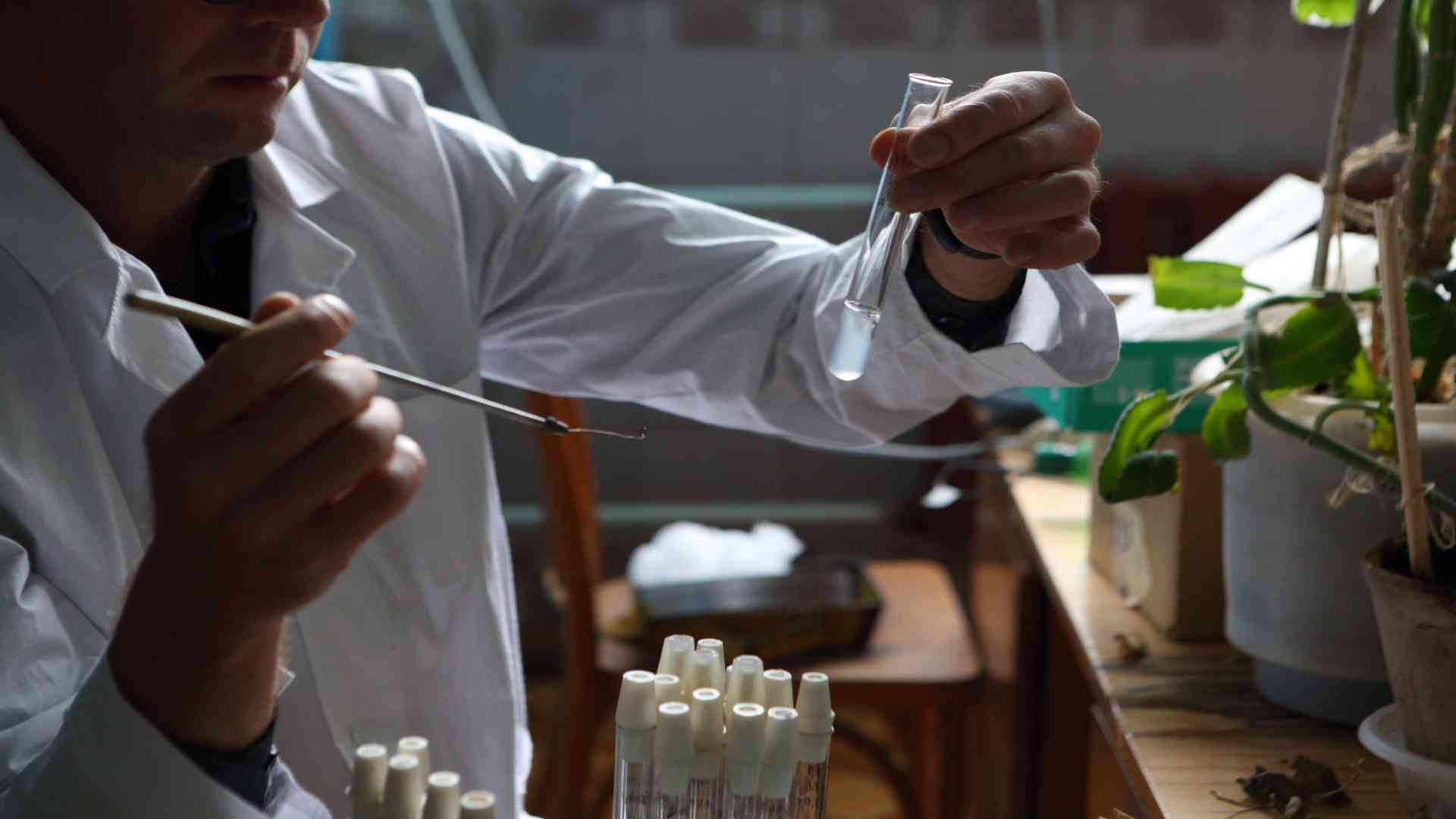Borane Dimethyl Sulfide
Borane Dimethyl sulfide (BMS) is a versatile and powerful borane reagent used for hydroboration and reduction reactions. It has a higher solubility and greater stability than other borane reagents such as borane-tetrahydrofuran.

Borane Dimethyl Sulfide
Borane Dimethyl Sulfide
BMS is widely available at much higher concentrations than tetrahydrofuran and does not need sodium borohydride as a stabilizing agent, resulting in unwanted side reactions. Conversely, sodium borohydride is required for boraneTHF (Tetrahydrofuran) to inhibit THF reduction to tributyl borate.
Synthesis of Borane Dimethyl Sulfide
BMS is generally made by absorbing diborane into dimethyl sulfide, but it can also be purified through bulb-to-bulb vacuum transfer. Although the exact structure of BMS is unknown, X-ray crystallography has revealed that the boron center has a tetrahedral geometry.
Physical & Chemical Properties of Borane Dimethyl Sulfide
| Borane Dimethyl Sulfide | Properties |
|---|---|
| Chemical Formula | (CH3)2S•BH3 |
| Molecular Weight | 75.96 g/mol |
| Appearance | Colorless liquid |
| Density | 0.801 g/mL |
| Melting Point | -38°C |
| Refractive Index | 1.457 |
| Sensitivity | Moisture & Air Sensitive |
| Storage | Store under Argon |
BMS is highly soluble with ethyl ether, dichloromethane, xylene, hexane, benzene, dimethyl ether, toluene, ethyl acetate, methylene chloride, and other solvents.
Source: Alfa
Borane Dimethyl Sulfide (BMS) in Hydroboration Reactions
BMS forms diborane by dissolving in situ, which quickly adds to the unsaturated bonds of the reactants. The organoborane compounds that result from this are valuable agents in organic synthesis. Boranes add anti-Markovnikov to alkenes, allowing alkynes to be converted to their corresponding cis-alkenes.
After oxidation or protonolysis, alkenes’ or alkynes’ hydroboration with borane (BH3) or borane equivalents converts only 33% of the olefin to the product—the remaining is infused into boron-containing byproducts.
Borane dimethyl sulfide is now a popular choice for hydroboration reactions. An example is monoisopinocampheylborane. It is a dimer [IpcBH2]2, despite the fact that it is usually written as IpcBH2. It’s made by combining (−)‐α‐pinene with borane dimethyl sulfide in a hydroboration reaction.
Reductions with Borane Dimethyl Sulfide (BMS)
Reductions with BMS are common in organic synthesis due to the dimethylsulfide ligand’s attenuating effect on the reactivity of the borane. Because of this, it is an excellent reducing agent for a wide range of functional groups, including aldehydes, ketones, epoxides, esters, and carboxylic acids. Furthermore, BMS can reduce lactones to diols and nitriles to amines. On the other hand, BMS does not reduce acid chlorides or nitro groups.
The Corey–Itsuno reduction is one of the most common methods for using BMS as a bulk, reducing agent. In this reduction, the borane dimethylsulfide is activated by the nitrogen of a chiral oxazaborolidine catalyst, allowing for asymmetric reagent control. In general, BMS does not produce higher enantiomeric selectivities than borane-THF. Still, its enhanced stability in the presence of moisture and oxygen helps make it the preferred reagent for the reduction.
Uses
- BMS synthesizes 1,3,5-oxygenated compounds from dimethyl 3-oxoglutarate.
- It converts ozonides to alcohol.
- When combined with a dendrimeric-supported L-pyrrolidinol, BMS is used for hydroboration reduction and other applications.
- It also plays a part in the Corey-Itsuno reduction.
- It serves as an intermediate in the production of ultrapure semiconductors.
- It is used as a rocket propellant.
Storage
Borane Dimethyl Sulfide is air and moisture sensitive, and thus close the container tightly and store it somewhere in dry and well-ventilated areas. Acids, bromine, acid anhydrides, water, alcohols, acid chlorides, and oxidizing agents are all incompatible with borane dimethyl sulfide.





